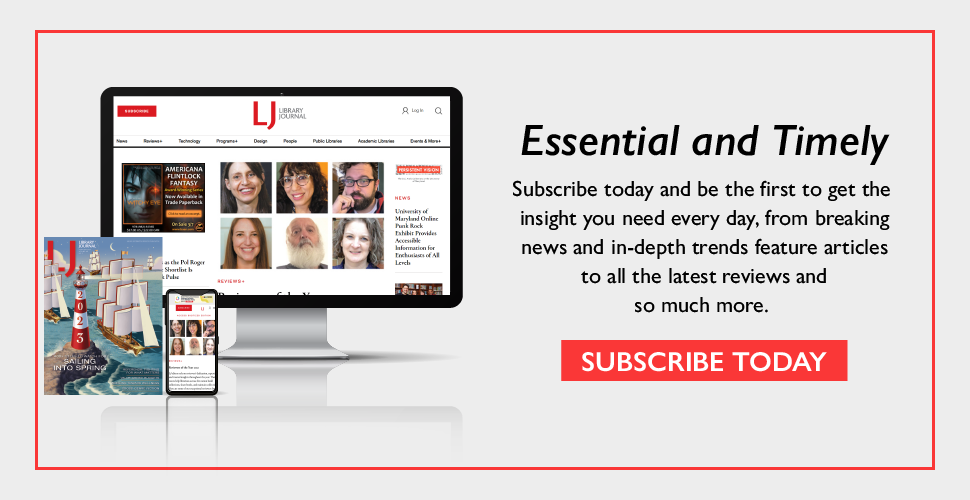Five Institutional Strategies for Textbook Affordability | From the Bell Tower
 Whether you’re just getting started or want to take your program to the next level, thinking strategically about campus adoption of Open Educational Resources (OER) can make a difference. Two things have me thinking about OER this week. First, I participated in an email-driven, guided conversation about OER sponsored by ALA's ALCTS division. With well-known OER advocate Nicole Allen serving as the moderator, over two days, librarians responded to questions about how collection developers and technical services staff could support OER initiatives. How could their skill and talent be harnessed for the advancement of OER adoption at our institutions? Second, and locally, I attended the kick-off meeting of a new textbook affordability task force formed at my institution to bring together the library, bookstore, teaching and learning center, IT, student government, faculty senate, and others to recommend an institutional textbook strategy to make higher education more affordable to our students and improve learning. These two events are part of a growing movement, on our campuses and beyond, to promote the growth and adoption of digital learning content.
Whether you’re just getting started or want to take your program to the next level, thinking strategically about campus adoption of Open Educational Resources (OER) can make a difference. Two things have me thinking about OER this week. First, I participated in an email-driven, guided conversation about OER sponsored by ALA's ALCTS division. With well-known OER advocate Nicole Allen serving as the moderator, over two days, librarians responded to questions about how collection developers and technical services staff could support OER initiatives. How could their skill and talent be harnessed for the advancement of OER adoption at our institutions? Second, and locally, I attended the kick-off meeting of a new textbook affordability task force formed at my institution to bring together the library, bookstore, teaching and learning center, IT, student government, faculty senate, and others to recommend an institutional textbook strategy to make higher education more affordable to our students and improve learning. These two events are part of a growing movement, on our campuses and beyond, to promote the growth and adoption of digital learning content. You Need a Strategy
The question for many academic librarians is “How can I get a textbook revolution started at my institution?” It helps to have a strategy. Here's how most of us emerge as advocates for OER on our campuses. A typical starting point is hearing about OER from a speaker at a conference or learning from a colleague at another library. It may be an article that builds excitement about the possibilities. That can lead to the development of a local resource guide about OER. Then we attend a professional development program to further enhance our knowledge of OER. Eventually we take the message out to faculty to identify our idea champions. With support it may lead to an organized project to help or incentivize faculty to adopt OER. While there's no exact count, since 2010 when there were two or three organized alternate textbook projects, in 2016 there are at least a dozen initiatives assisting faculty to adopt OER. While that's good progress, the academic library community could be achieving greater progress if there was an effective institutional strategy to follow that would lead to better results in less time.Five Institutional Strategies
Based on my own experience and others that have launched successful programs for their campuses, here are five specific strategies academic librarians can use to launch an OER program for textbook affordability at their institution:- Find Supportive Partners Two big concerns academic librarians have about starting OER initiatives are (1) how will I gain a supportive audience and (2) how will our bookstore react? To find potential partners, reach out to likely allies to form that audience. Most institutions have some organizational group or committee that explores new technologies or methods to enhance learning. At my own institution it is a Teaching, Learning, and Technology Roundtable. In the absence of a formal committee, reach out to the Center for Learning, faculty colleagues who already use an open textbook, or the student government. It takes time and effort to build an audience, but creating change in higher education is all about persistence over time. Think about the bookstore manager as a potential partner. You might be surprised to discover that person is open to supporting your efforts or at least sharing needed information. For more than a few reasons the role and positioning of the college store is changing in favor of building a partnership with the library.
- Libraries Take a Leadership Position With some partners in the picture, it helps to have a concrete project that allows them to bring their energy together to get something accomplished. Talking about textbook issues is important, but getting beyond talk is necessary to build momentum. One vehicle for building a coalition for action on campus is an OER or alternate textbook project. Offer faculty an incentive to cease use of a commercial textbook in favor of an open textbook or some collection of open or library-licensed digital learning content. With a plan for action, the partners can progress from idea to implementation. But the library has to put some skin in the game by taking a leadership position to manage the project and put seed money into the pot. With success, the partners will follow.
- Reuse the Wheel A Google search for “libguide OER” returns dozens of pages of links to individual library OER guides. It’s quite likely many of them are replicated from or built upon similar sources. While it would be of interest to have one guide we all maintained and linked to, at least many OER guide creators reuse existing content. The same idea can be applied to the institutional strategy for textbook affordability. When it comes to developing a program to spread the adoption of open and alternate textbooks, instead of reinventing the wheel, reuse an existing model that’s worked well elsewhere. Most librarians are glad to share their resources, from the program description to the evaluation criteria. Then there are opportunities for local customization. Reuse speeds the time from idea to implementation, and gives partners confidence in the library’s ability to lead the way.
- Involve Students While they may be unhappy about the high cost of textbooks, students are generally resigned to it as a necessary evil of getting through college. Faculty decide on the course material and students have to buy it, whatever the cost. While I don’t necessarily advocate for the library to rile up students about textbook pricing, academic librarians can help educate students about textbook issues by providing access to research and examples of student activism around textbook affordability. Invariably, on most campuses, a student or two will emerge who wish to pursue a textbook affordability agenda. Arranging to speak about textbooks to the student government may encourage a student to become a campus textbook affordability advocate. Once engaged with the issue and well versed on the economic and learning virtues of OER, students can be powerful allies in support of your institutional strategy.
- Support From the Top Though less critical to the overall success of a textbook affordability strategy, support from the president or provost, or both, makes a difference. Faculty have the final say on choice of learning content. A strong message from the president calling on the faculty to pay attention to textbook affordability signals that saving students money on learning materials is an institutional priority. Having seen a few examples of these letters, I can attest that calls for faculty to save students money on textbooks, when they have the president's or provost’s seal of approval, can be powerful motivators for change. The challenge is that the president or provost is often unfamiliar with the issues and programmatic possibilities. Be prepared to identify a high ranking third party who can explain it to the academic leaders and get their buy-in.
What About Reserves?
Did you notice that buying textbooks and making them accessible through the library's reserve operation is not part of the institutional strategy? That's by design. Acquiring textbooks to put on reserve is a costly and unsustainable strategy that benefits only a limited number of students, while supporting the currently broken model of commercial textbook publishing and depleting the library materials budget of much needed resources. You will no doubt hear that textbook-on-reserve programs always gratify students, so academic librarians are attracted to them as easy wins. Even if the students ask for it, which they invariably will because they want to avoid paying for textbooks, just say no and explain to students that there are better ways to achieve institutional textbook affordability. Then do something about it.Getting Started
Taking the first steps on a new initiative is never easy. This is especially true for textbook affordability because it impacts many different constituencies on campus and requires faculty to agree to a change that can be time consuming—and time is one resource faculty rarely have in excess. But it can be easier when there’s an institutional strategy in place that brings together a coalition of partners, including faculty, to achieve specific outcomes. My university has taken years to establish a textbook affordability task force. It brings to the table all the right parties to identify and put into place a strategy for moving forward. I am optimistic it will greatly advance textbook affordability at our institution. Make that a linchpin of your institutional strategy and the other pieces will fall into place. You now have five ways to get started.This article is a bit misleading, with the information that IMLS will be "eliminated." The order actually states that non-statutory components and functions of this and other agencies shall be eliminated.
Please think about the harm that this will do to our very important libraries and all the people it helps. It's not just book lending but so much more.
So what does that mean? I am not disagreeing with you, but what does it mean for the 'non-statutory components and functions" to be eliminated?
"First Last" It is not misleading, it quotes the actual wording: "the Executive Order calls for the “non-statutory components and functions” of the affected agencies to “be eliminated to the maximum extent consistent with applicable law.”"
Very informative. Thank you. I do agree that it is a bit misleading. Though some factual details of the order are laid out, the first sentence of the article itself implies IMLS is being cut in its entirety.
Thank you so much for writing this. IMLS is a treasure. I think one of your stats got a little garbled in translation. You said "used by more than 1.2 billion people each year." and the ALA's statement says "more than 1.2 billion in-person patron visits every year" which I think means some of those are one patron visiting multiple times. As popular as libraries are in the US, and they are VERY popular, I don't think they attract 3x the population of the country. Thanks again.
Add Comment :-
RELATED
ALREADY A SUBSCRIBER? LOG IN
We are currently offering this content for free. Sign up now to activate your personal profile, where you can save articles for future viewing









